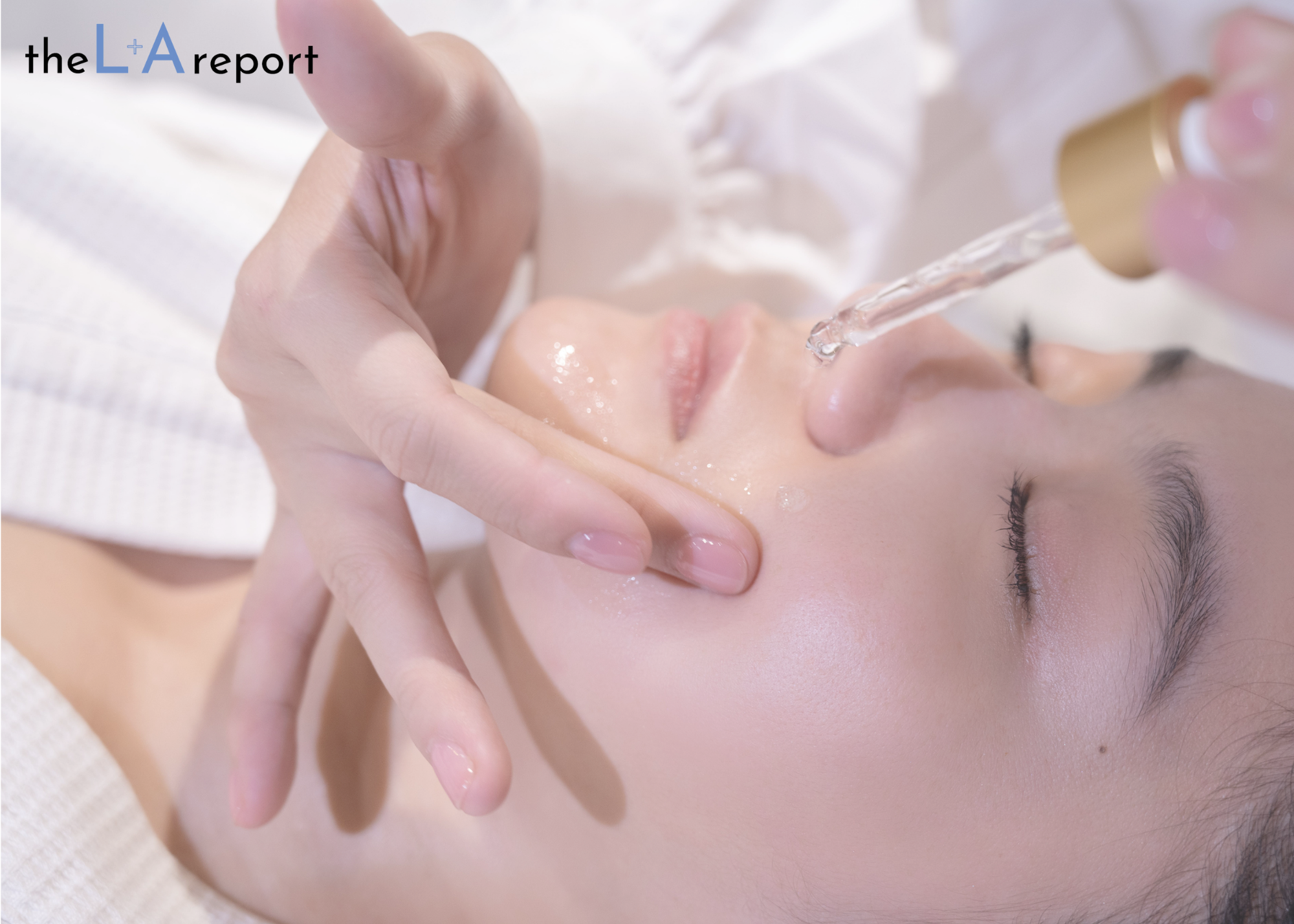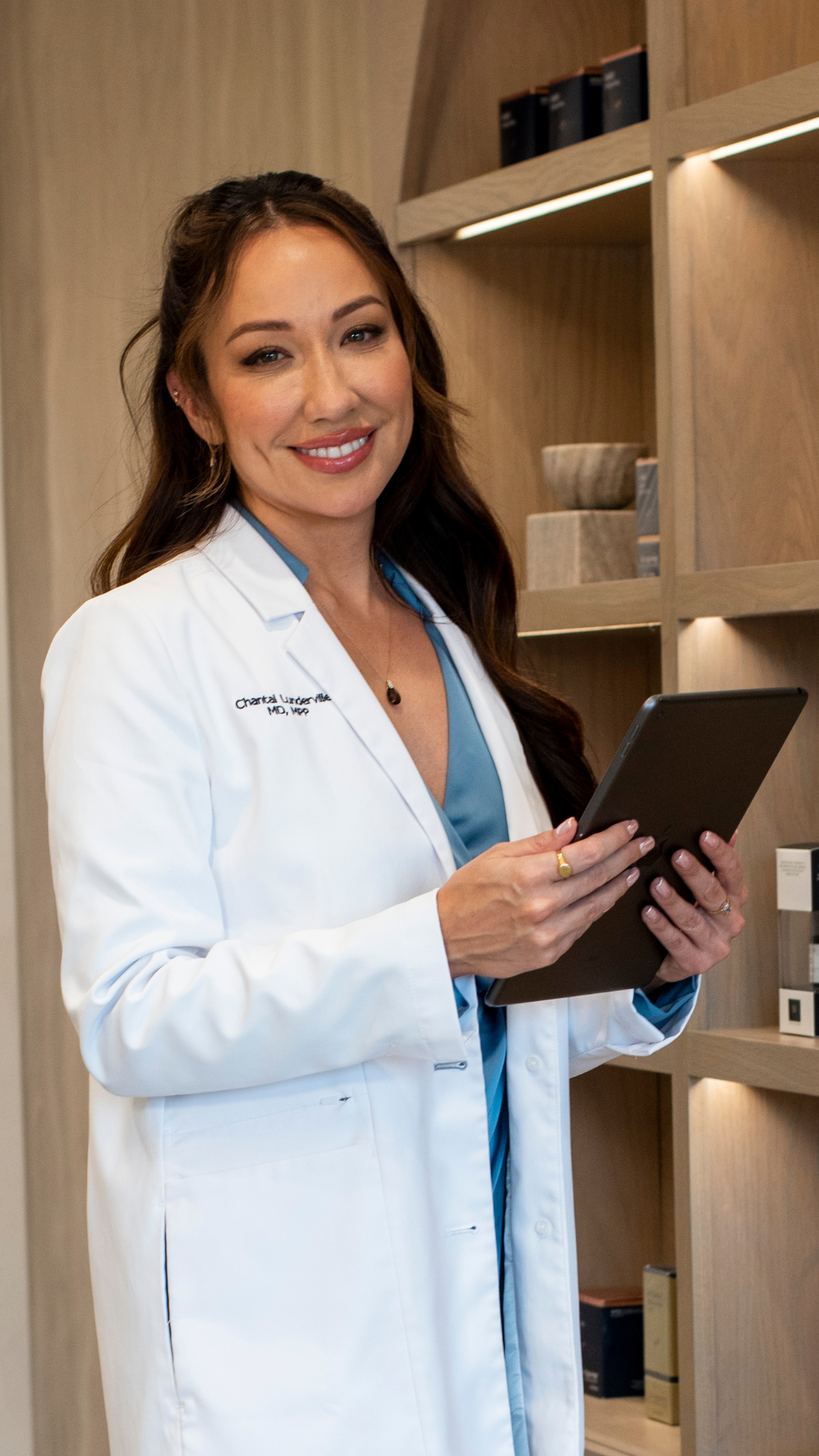In November 2024 a woman was arrested in Massachusetts for impersonating a nurse and injecting neurotoxins and fillers without a license. She had 2 locations and imported products from China and Brazil. Stories like this are happening more often and will continue to climb as the industry expands. In 2023 the number of medical spas in the US increased from 8,899 to 10,488, so how do we as providers make our profession safer? We are witnessing a historic time period with unprecedented demand. There are many concerns with safety in the space. One of the biggest gaps in the medical spa space is foundational knowledge about skin and can cause poor outcomes for our patients such as burns, acne exacerbations, scarring, or worse.

January 2025 L+A Report
7 Medical + Spa Skincare Winter Hydration Tips
We’ve got 7 hydration suggestions for your medical or spa skincare business. For 2025 medical and spa skincare professionals can offer home care and in clinic treatments that can boost the winter hydration levels of their clients’ skin!
As a medical director, I am approached by nurses every day from specialties from psychiatry to med surg interested in transitioning into aesthetics. Virtually anyone can “open a med spa” with an MD. A nurse from a surgical ICU background can open a spa tomorrow, buy a laser, and have very little experience with basic skin principles. In our “Inner Circle” of the spas that I supervise of aestheticians and injectors, we utilize our aestheticians to partner with nurse injectors quite frequently for education and resources, I propose that “bridge practices” are key to ensuring safety for the growing industry.
What is an Aesthetician bridge practice?
L+A first coined the phrase Bridge Practice in July of 2024. They based this new concept on countless interactions with estheticians; attending medical and spa skincare shows; and in-depth conversations with physician only skin care brands.
An aesthetican bridge practice is a standalone or contracted business with an aesthetician in charge who can treat patients longitudinally or as needed alongside a nurse injector. For example one of our aestheticians has a solo suite and focuses on treating acne, providing facials, chemical peels, and an extensive retail skin care menu. She helps our neighboring nurse injectors by offering chemical peels post microneedling, caring for acne patients who hope to do rejuvenation treatments but who need their skin clear, and also answering questions about ingredients and products for the nurses. It drives business for both and does not need to be in the same building. It is quite common for our patients to present for neurotoxin but without having their skin optimized for hydration, anti-aging, or they may be actively struggling with acne or rosacea.

Dr. Chantal Lunderville, L+A Medical + Wellness Editor
Dr. Chantal Lunderville is a board-certified physician specializing in skin health, aesthetic medicine, and Women’s health. She attended medical school at UCLA School of Medicine, followed by a residency at UCSF Family Medicine, and on graduating opened her own concierge aesthetics practice in the San Francisco Bay Area focusing on hormone health, skincare, and longevity.
Since then Dr. Lunderville has grown her practice to include overseeing nurses and aestheticians as medical director to over 15 practices across California, and through Dr. C’s Academy helps to launch new practices across the US and Canada through consulting and online courses in business, compliance, aesthetic procedures including neurotoxin, fillers, lasers, microneedling, and lasers. Read Full Bio
One menu item we have explored recently is offering a skin prep facial. They may be on medical-grade skincare but are unaware of how to optimize their laser treatment. As we learn more about the microbiome we also understand how important facials are to promote a healthy flora. We recommend a skin prep facial to a cleansing facial, with the options of a superficial chemical peel, exfoliant, or enzyme mask to prep the stratum corneum. We typically offer the facials 1 week ahead of their laser or microneedling to be conservative although can be done closer to the procedure depending on the patient.
Post-procedure aestheticians are also invaluable, as many patients are unsure about aftercare and need help in reinforcing which products are acceptable and offering facials or products to support the barrier. They can also spot potential adverse reactions and improve safety. This pre and post support as well as side-by-side expertise can be especially helpful for new injectors.
Additionally, injectable visits leave very little time for assessing lifestyle factors affecting acne, or for curating custom skin care regimens although most patients could benefit from it. Aestheticians are key players in providing this assessment and follow-up, and in communicating care plans or recommendations back to the nurse. It is also an opportunity to reinforce the procedures from the injector.
Finding an aligned practitioner takes time but is worth it. I recommend networking at events, conferences, and utilizing social media to find an injector and become a “bridge practice”. Find practitioners in your area via social media to browse what they offer, their brand, and if you might be a fit. Offer to go to lunch or visit them in clinic and see how you can help. Consider creating a few concrete proposals such as outlining exactly what your bridge practice can offer in exchange for referrals ie skin prep facial, acne or hyperpigmentation care, what product lines you offer, and consider yourself an expert in. Be sure you feel comfortable with these concepts, or consider approaching the injector and asking what their patients need more from the skin health side that would be beneficial.
